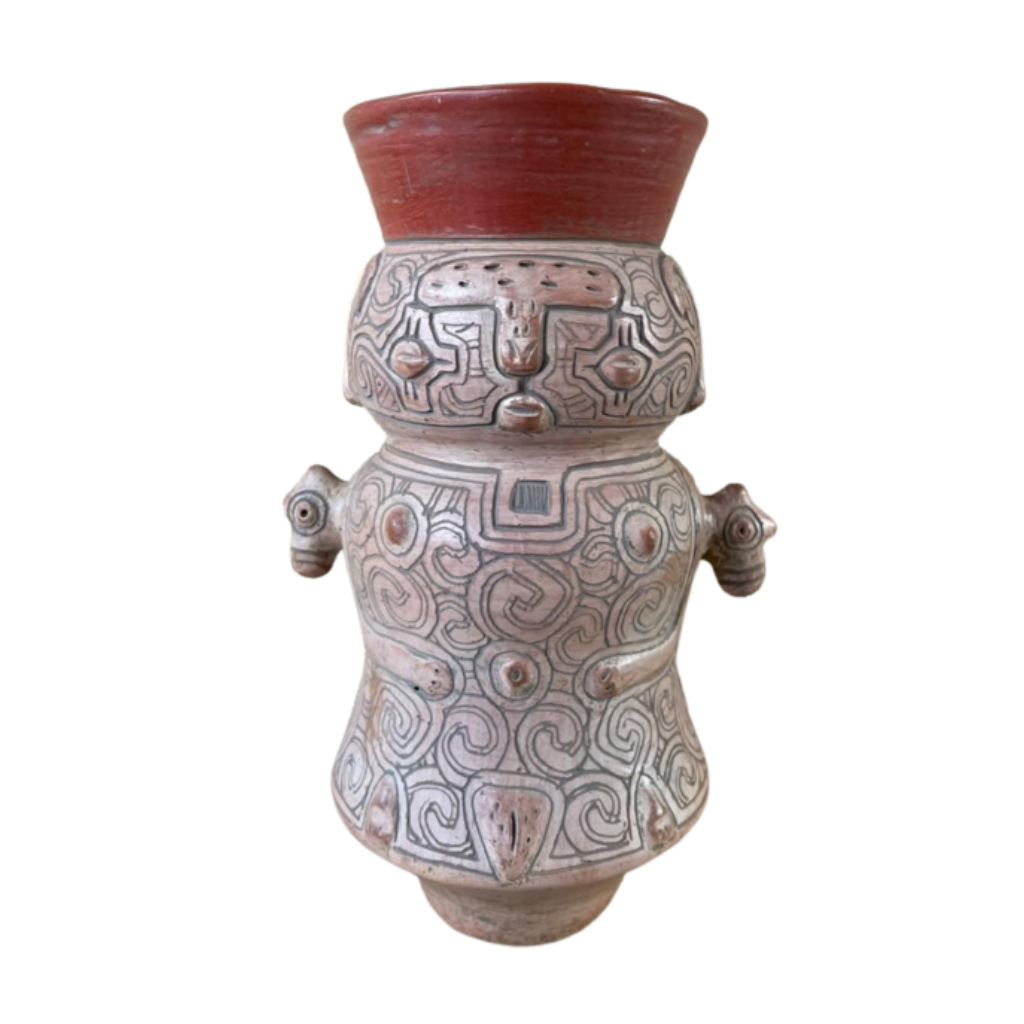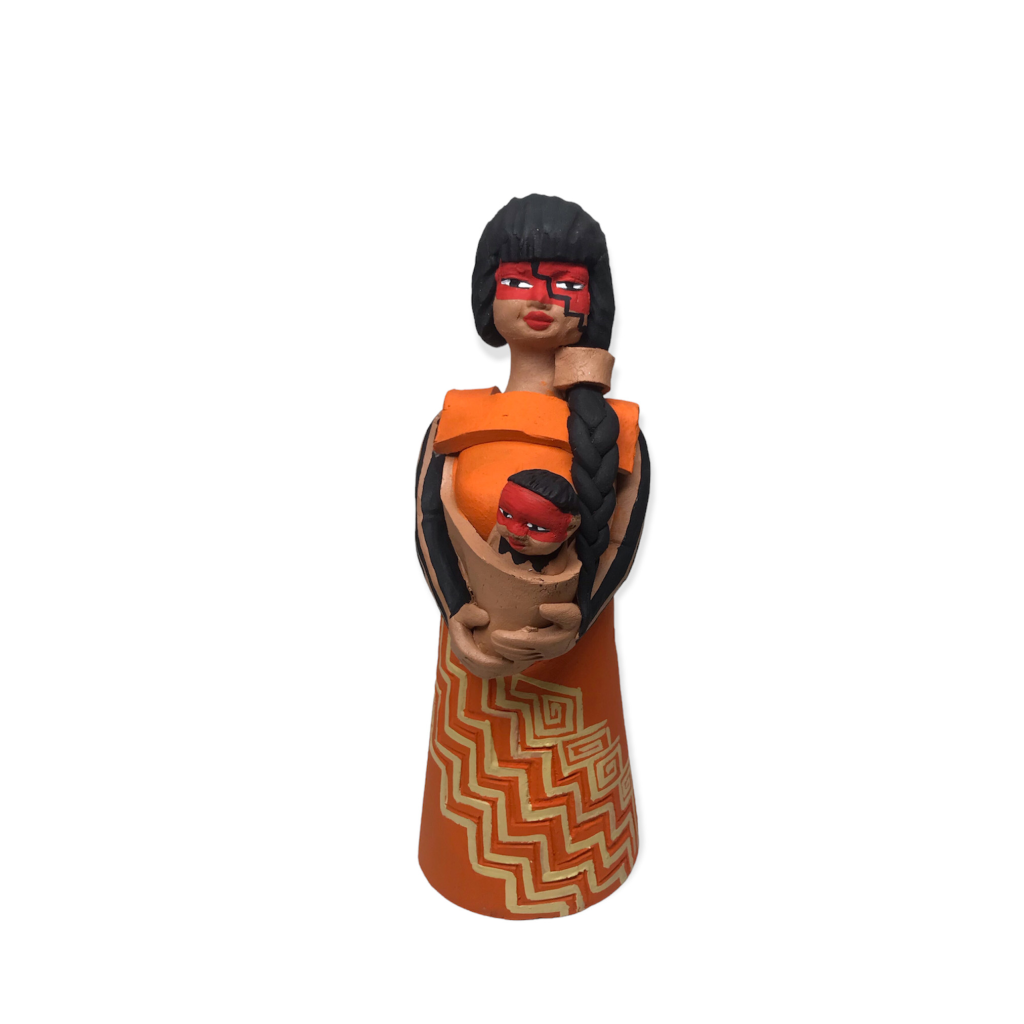Ceramic Dolls
Priscila Leonel takes clay and argil as a way to redeem her ancestrality on african-brazilian contemporary pottery. Argil, a very common material in her atelier, is a very specific type of clay, that turns into ceramic after a process called “queima” (burn), in which her dolls stay on a stove that can get to 1280 …




